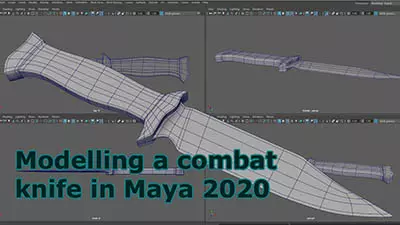Well, well, I think it´s a never ending story with the FILLET Tool in Maya. I decided to model in nurbs, because I think that nurbs are really cool for doing such stuff like modelling cars or airplanes, and some other technical things.
Now, I´ve tried a lot with simply two surfaces, which I wanted to connect or melt with a simply Circular Fillet or a Freeform Fillet.
But all attempts bring me the same problem . the fillet does not close the surfaces. There is always a space between the surfaces, and so I don´t get a good mesh.
I don´t want to fix the problem with the tesselation settings, because this only takes effect in the render process. And I want to have a good mesh.
Special Thanks to big Mike. His suggestion is, that I should convert the nurbs into polys, and after that I can fix the problem by "merge vertices".
But now there is one big question:
For what is the nubrs modelling good for, and for what is the fillet option good for, if it will never work in nurbs, and I always have to convert my surfaces into polys ?
I decided to show you some images, how I´m experimenting with the fillet tool. It shows the problem.



Okay, it would be really great, if we could fix the problem !!!
Thank you soo much for every little help, & special thx to BigMike !!!!
:bgreen: bernhard












